

Hungary

Budapest
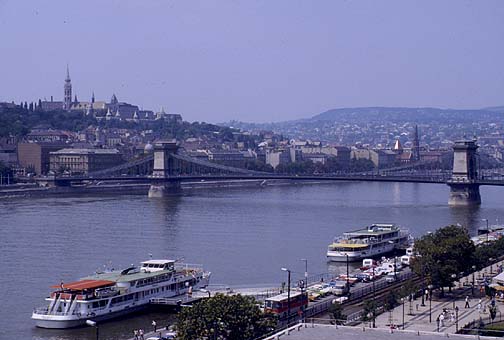
the Danube river
Budapest is the capital city of Hungary and the country's principal political, cultural, commercial, industrial and transportation centre. The official language spoken is Hungarian. Budapest had 1,697,343 inhabitants in 2005 (with official agglomeration 2,421,831), down from a mid-1980s peak of 2.1 million. Budapest became a single city occupying both banks of the river Danube with the amalgamation on 17 November 1873 of right-bank (west) Buda (Ofen in German) and Óbuda (Old Buda or Alt-Ofen) together with Pest on the left (east) bank.

with Buda hills in background
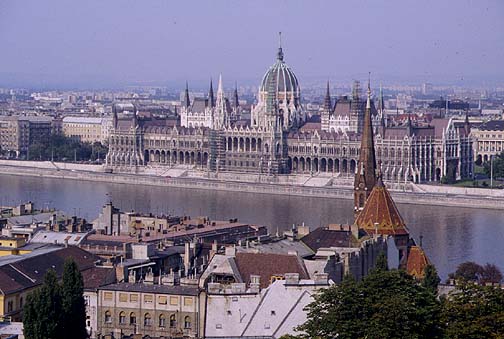
Parliament building on Pest side of the river

Hero's Square
Heroes' Square (Hősök tere in Hungarian) is one of the major squares of Budapest, Hungary. It lies at the end of Andrássy Avenue (with which it comprises part of a World Heritage site), next to City Park.
The central site of the square, as well as a landmark of Budapest, is the Millennium Memorial (also known as Millennium Monument or Millenary Monument) with statues of the leaders of the seven tribes that founded Hungary in the 9th century and other outstanding figures of Hungarian history (see below). The construction of the memorial was started when the one thousandth anniversary was celebrated (in 1896), but it was finished only in 1929 and the square got its name then.
![]()
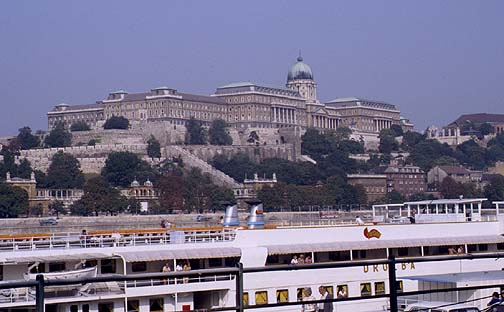
river boat with Palace on Buda hills
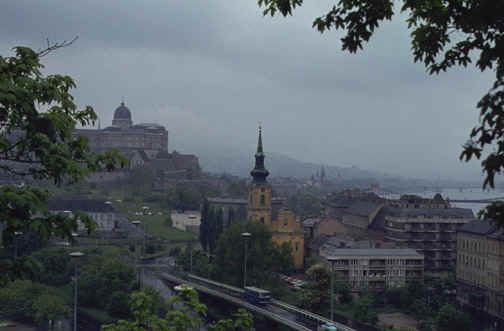

Buda hills
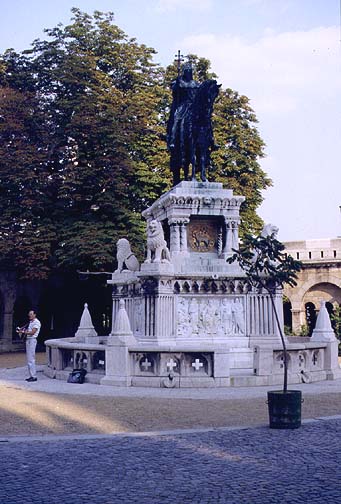
St. Stephan
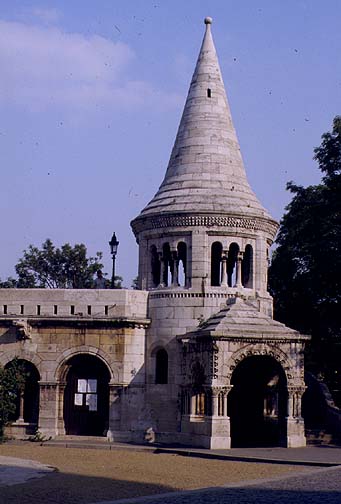
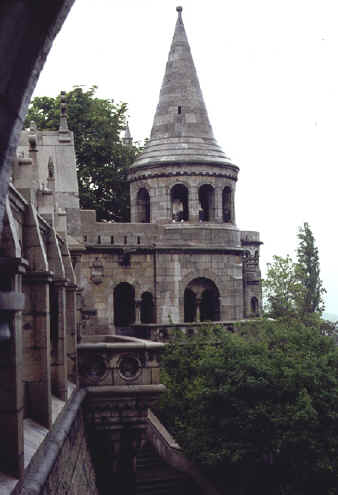
Fisherman's Bastion

Matthius Church
Matthias Corvinus was 15 when he was elected King of Hungary. Matthias was educated in Italian, and his fascination with the achievements of the Italian Renaissance led to the promotion of Mediterranean cultural influences in Hungary. His library, the Bibliotheca Corviniana, was Europe's greatest collection of historical chronicles and philosophic and scientific works in the 15th century, and second only in size to the Vatican Library.
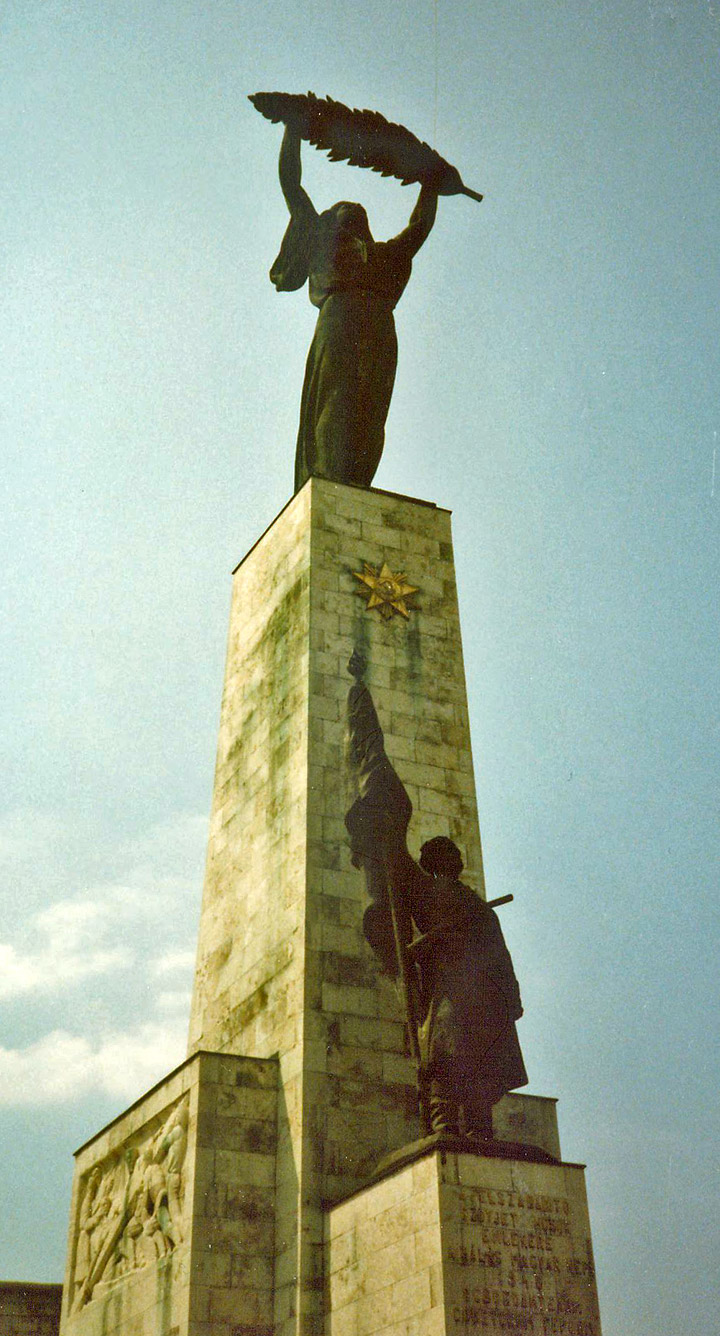
Liberty Statue
The Szabadság Szobor or Liberty
Statue (sometimes Freedom Statue) in Budapest, Hungary, was first erected in
1947 in remembrance of the Soviet liberation of Hungary from Nazi forces during
World War II. Its location upon Gellért Hill makes it a prominent feature of
Budapest's cityscape.
The existing 14 meter tall bronze statue stands atop a 26 meter pedestal and
holds a palm branch. Several smaller statues are also present around the base,
but the original monument consisted of several more that have since been removed
from the site and relocated to Statue Park. The monument was designed by
Zsigmond Kisfaludi Stróbl.
At the time of the monument's construction, the Soviet liberation from Nazi
forces event was considered a liberation -- leading to the original inscription
upon the memorial, which can be translated to read "Erected by the grateful
Hungarian Nation in memory of the liberating Russian heroes."
Over the following years, public sentiment toward the Soviets decreased to the
point of revolution, which was attempted in 1956 and subsequently damaged some
portions of the monument. After the 1989 transition from Communist rule to a
more Democratic government, the inscription was modified to read (translated
from Hungarian), "To the memory of all of those who sacrificed their lives for
the independence, freedom, and success of Hungary."
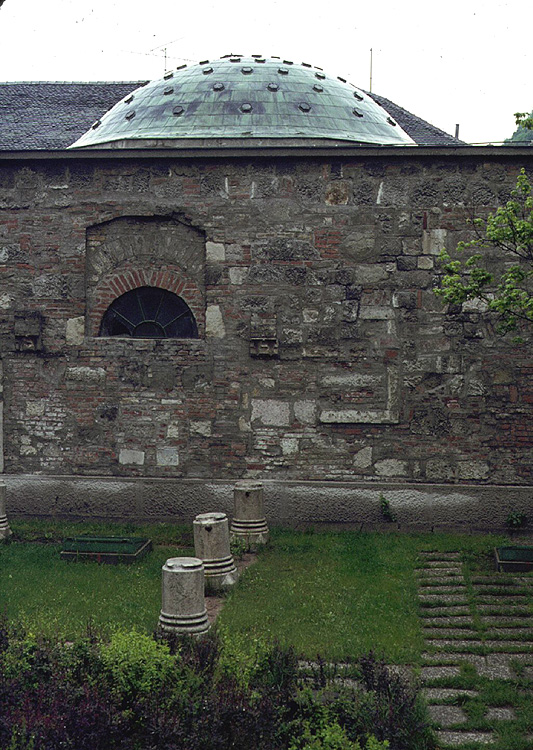
Turkish bath
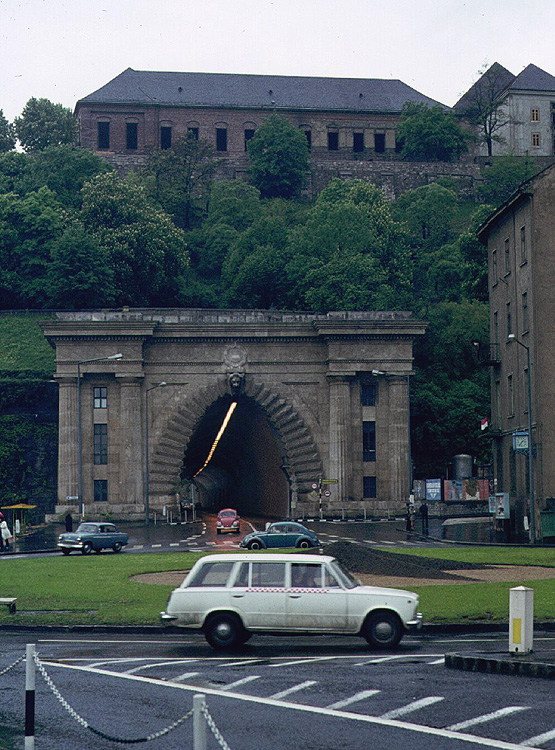
highway tunnel under the Buda hills
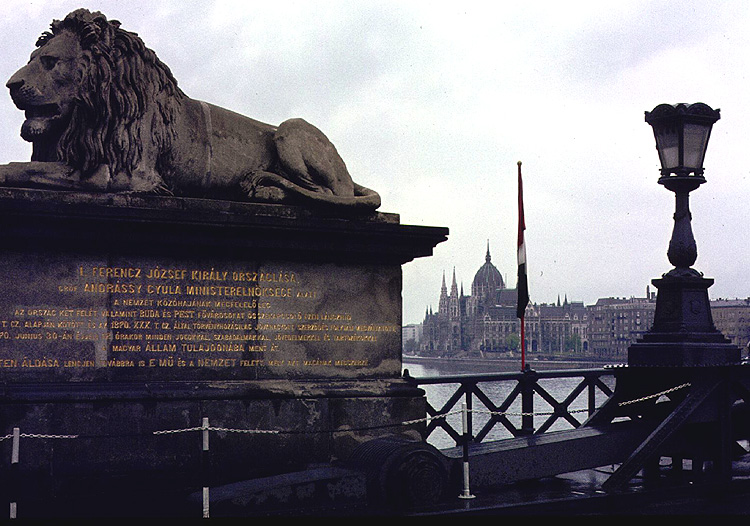
bridge to Pest
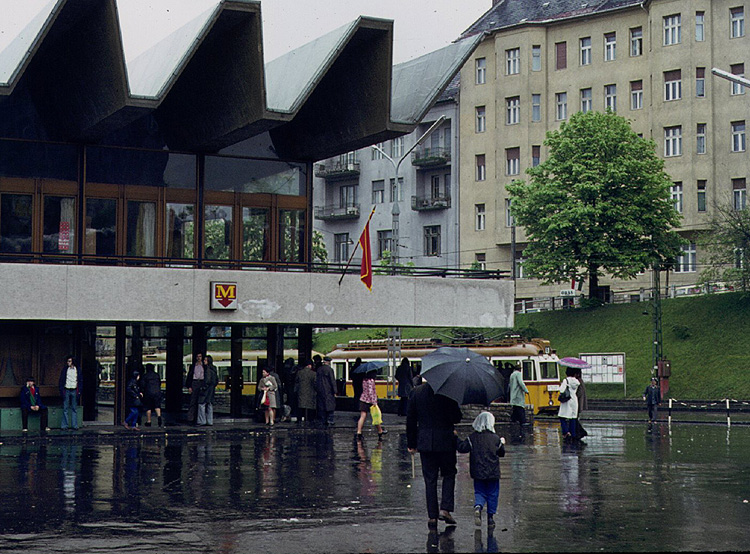
entrance to subway (1974)
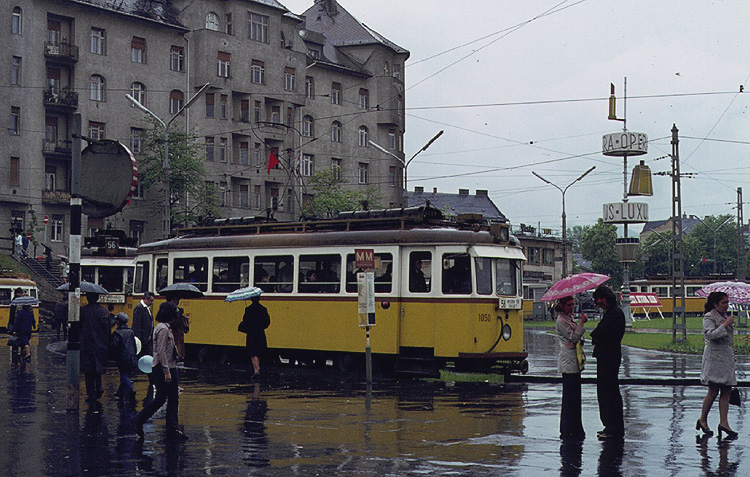
electric tram (1974)
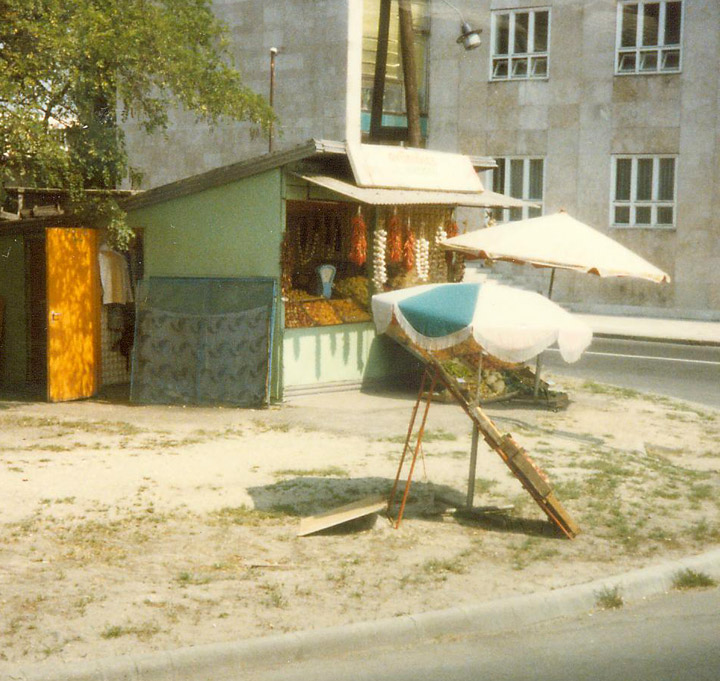
stand selling Paprika peppers
![]()
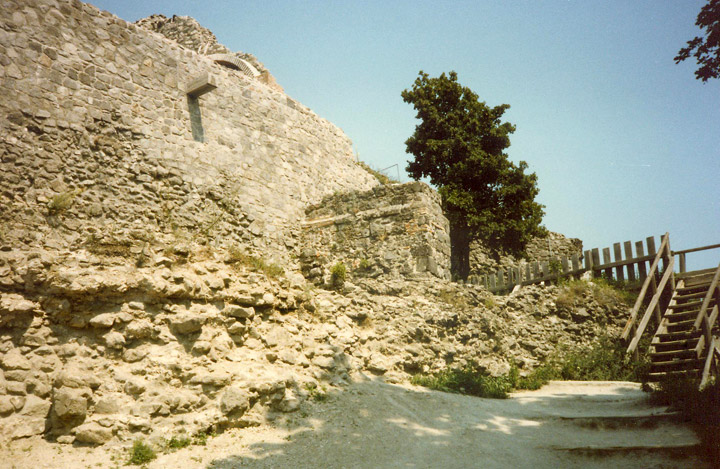
Visegrád
Visegrád is a small town in
Pest County in Hungary. Situated north of Budapest on the right bank of the
Danube in the Danube Bend, the town has a population 1,654 as of 2001. Visegrád
is famous for the remains of the Early Renaissance summer palace of King
Matthias Corvinus of Hungary and the medieval citadel.
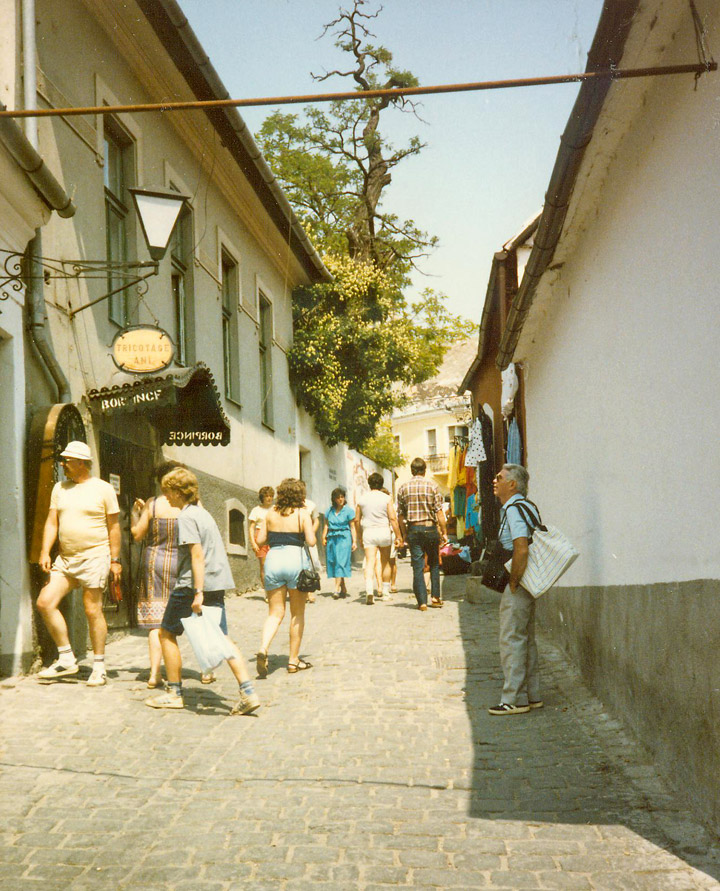
Szentendra
Szentendre (Medieval Latin: Sankt Andrae; Serbian: Сентандреја or Sentandreja; German: Sankt Andrä; Slovak: Senondrej; Croatian: Sentandrija) is a riverside town in Pest county, Hungary, near the capital city of Budapest. Szentendre is known for its museums (most notably the Open-Air Ethnographical Museum), galleries, and artists. Due to its picturesque appearance and easy rail and river access, it has become a popular destination for tourists staying in Budapest and there are many shops and restaurants catering for these visitors.
Text from Wikipedia
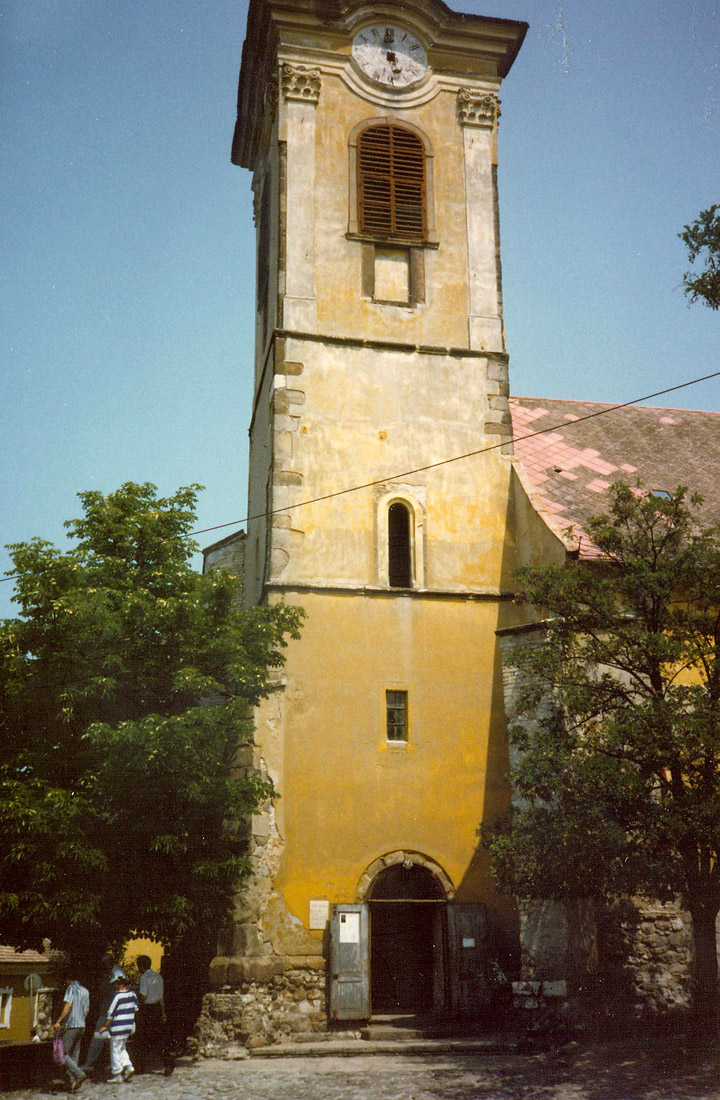
Castlechurch
![]()
![]()

Other Countries in Europe
 Albania
Albania |
 Andorra
Andorra |
 Austria
Austria |
 Belgium
Belgium |
 Bellorussia
Bellorussia |
 Berlin
Berlin |
 Bosnia
Bosnia |
 Bulgaria
Bulgaria |
 Croatia
Croatia |
 Cyprus
Cyprus |
 Czech Republic
Czech Republic |
 Denmark
Denmark |
 England
England |
 Estonia
Estonia |
 Finland
Finland |
 France
France |
 Germany
Germany |
 Gibraltar
Gibraltar |
 Greece
Greece |
 Hungary
Hungary |
 Ireland
Ireland |
 Isle of Man
Isle of Man |
 Italy
Italy |
 Liechtenstein
Liechtenstein |
 Lithuania
Lithuania |
 Luxembourg
Luxembourg |
 Macedonia
Macedonia |
 Mallorca
Mallorca |
 Malta
Malta |
 Monaco
Monaco |
 Montenegro
Montenegro |
 the Netherlands
the Netherlands |
 Norway
Norway | |
 Poland
Poland |
 Portugal
Portugal |
 Romania
Romania |
 Russia
Russia |
 San Marino
San Marino |
 Sardinia
Sardinia |
 Sicily
Sicily |
 Slovenia
Slovenia |
 Slovakia
Slovakia |
 Spain
Spain |
 Sweden
Sweden |
 Switzerland
Switzerland |
 Turkey
Turkey |
 Vatican City
Vatican City |
